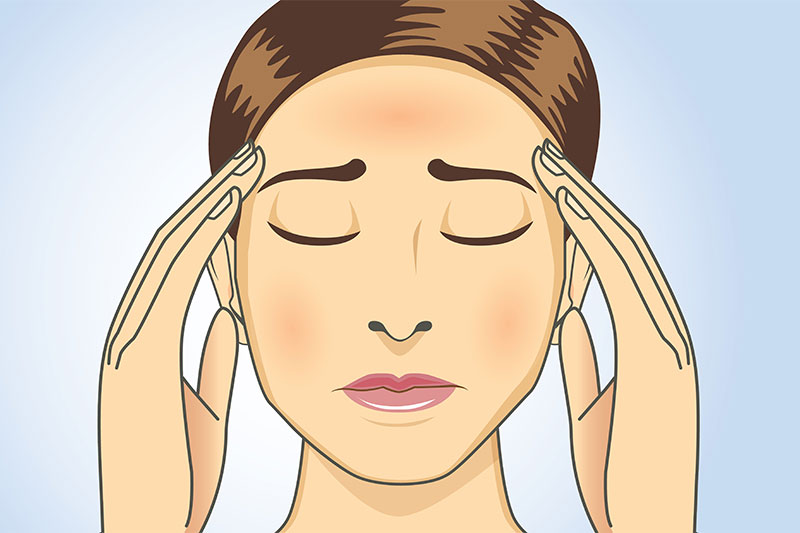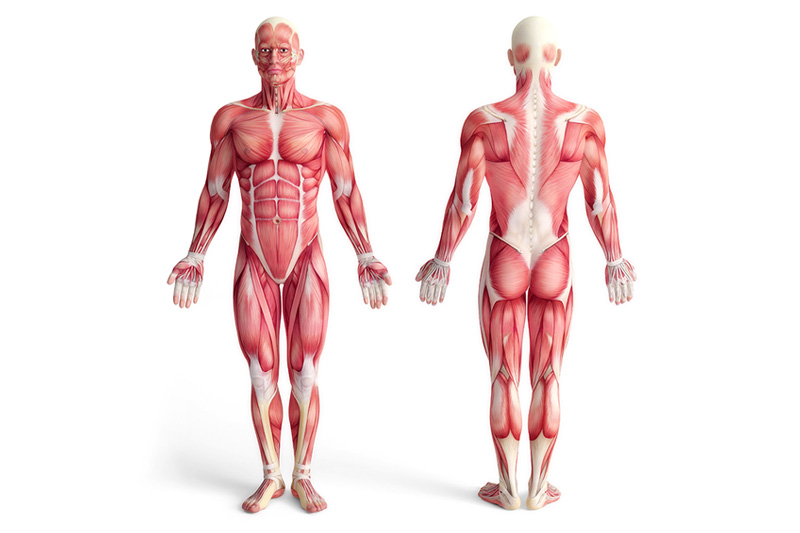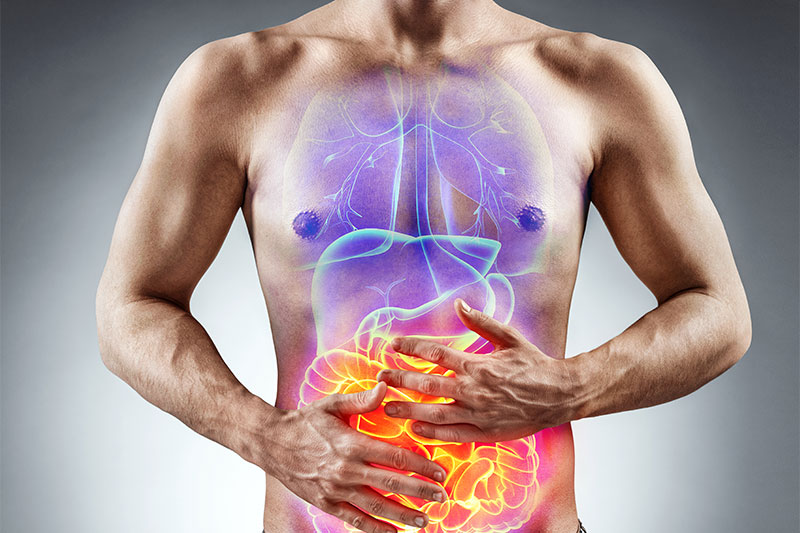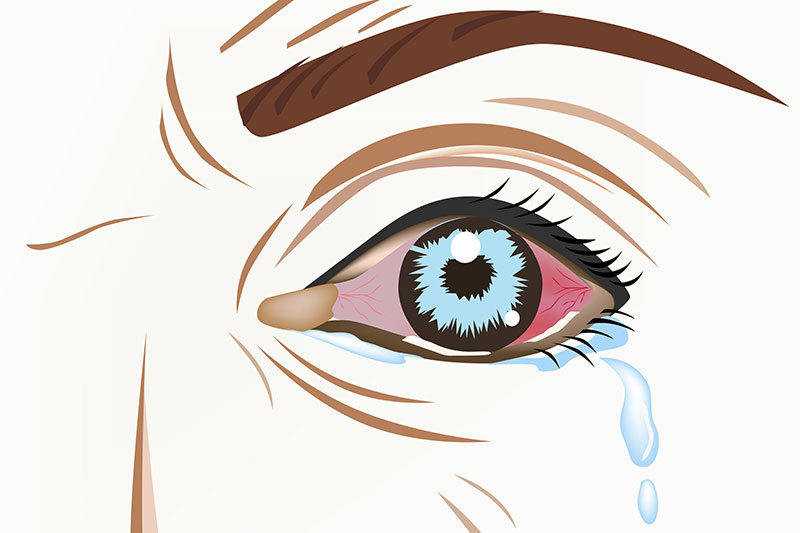You have heard a lot about COVID-19 symptoms that include fever, dry cough, and aches. However, that can also be ordinary flu or even a bad cold. Because you are unsure of what order the symptoms are in when it comes to the Coronavirus.
If you are aware of the COVID-19 symptoms and the order they are in, then you will know if you have an ordinary cold, the flu, or COVID-19.

Researchers at the University of Southern California say they’ve found that the symptoms of COVID-19 tend to appear in a specific order, a discovery that could help enable earlier detection and treatment for numerous patients.
Fever

The first sign that you have COVID-19 is if you have a fever. That can come on as well if you have the flu or another infection. The fever is your immune system’s response to heating the body up to fight off any type of infection. A low-grade fever which is under 100.4 F or 38 C is not a concern, but if it is over that temperature, then keep an eye out.
Cough
The next thing that will come after the fever emerges is the dry and pesky cough that can go on for hours and hours at a time. That is because the virus irritates the lung tissue and when you cough it can feel as if you are struggling to catch a breath. That is because the more that the virus is into the system, the more that the lungs will fill up with fluid.
Muscle Pain

You have had the fever and horrible dry cough. Now you will be experiencing muscle pain. That is because the muscles are inflamed and that is a common symptom of any type of viral infection. The muscle pain as well from the inflammation would be quite extreme.
Upper GI Sickness

Once the fever, cough, and muscle pain started, the next thing to expect with COVID-19 is nausea and vomiting and it can be quite extreme. If you don’t end up in the hospital as the result of the fluid in the lungs and having difficulty breathing, you may end up in the hospital from the vomiting if you are too dehydrated and can’t keep water down. Or you may not vomit at all even if you have nausea and struggle with the next symptom.
Diarrhea

The next thing to expect with COVID-19 is that the lower GI tract will be affected and that means you will struggle with diarrhea. If you don’t have it bad with the upper GI tract, then you could end up having too much diarrhea to the point that you will need to be hospitalized due to dehydration. Or you may end up having both issues quite bad, which means hospitalizations are necessary.
Keep reading and discover more and unusual symptoms that some COVID-19 patients had experienced as well.
COVID toes

Some patients who have had COVID-19 experienced skin lesions, hives, rashes, and chickenpox-like signs. In Italy, dermatologists have found that about 20 percent of patients with COVID-19 had odd skin conditions in addition to the respiratory ailments they exhibited. Some had rashes that were beet red as well.
Cardiovascular Problems

It is not a stretch to believe that cardiovascular problems could be a symptom of COVID-19. Especially after realizing that it can cause clotting that is abnormal. Because clots could happen in the lungs. However, it can also happen in the heart and even the brain. And that can increase the risk of a heart attack, stroke, or a pulmonary embolism.
Delirium

COVID-19 does not only affect the respiratory system, the senses, the gastrointestinal tract, and skin. It can affect the brain as well. And some patients had experienced confusion and delirium as JAMA Neurology had reported that being the case. Some patients had inflammation of the brain as well.
Conclusion
Now that you know what the order is of the symptoms with COVID-19, you will know whether or not you have the flu or COVID-19. Some may get it quite mild and may not have GI sicknesses, but could get the fever and cough, and may have a hard time catching a breath at times – but not to the point of being hospitalized. Others will get it severe and will need to become hospitalized as soon as the cough hits. This is why it is important to stay safe, stay away from others, and wear a mask.


